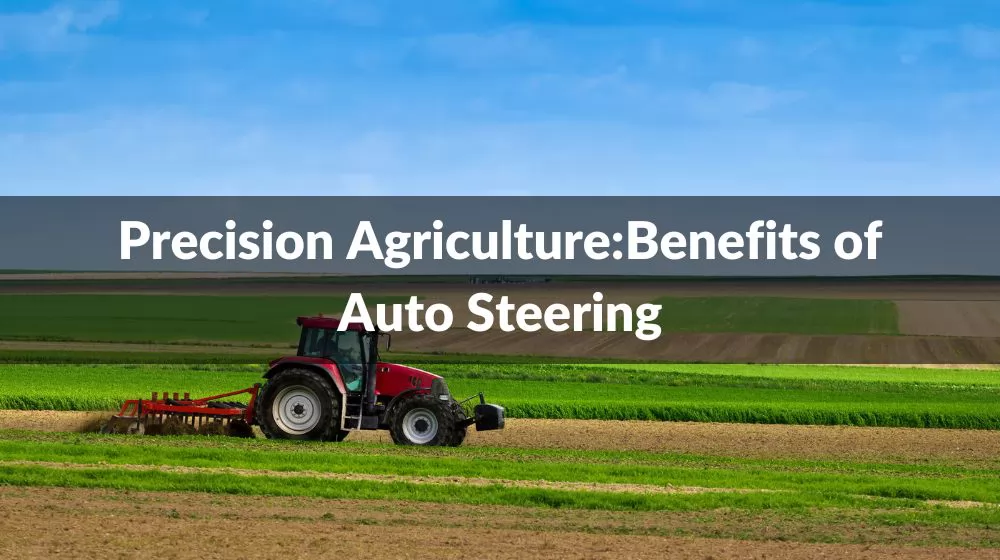
Precision Agriculture, at the intersection of technology and farming, is ushering in a new era of sustainable, efficient, and highly productive cultivation methods. One of its cornerstones is Auto Steering, a technology that has revolutionized how farmers navigate their fields and manage their operations. In this article, we delve into the myriad advantages that Auto Steering brings to the world of agriculture.
Table of contents:
Precision Agriculture, often referred to as precision farming or smart farming, is a modern farming approach that uses advanced technology and data-driven techniques to optimize various aspects of agricultural practices. It aims to maximize the efficiency, productivity, and sustainability of farming operations while minimizing resource wastage and environmental impact.
In Precision Agriculture, farmers utilize a range of technologies such as GPS (Global Positioning System), GIS (Geographic Information System), remote sensing, sensors, drones, and automated machinery to collect and analyze data about their fields and crops.
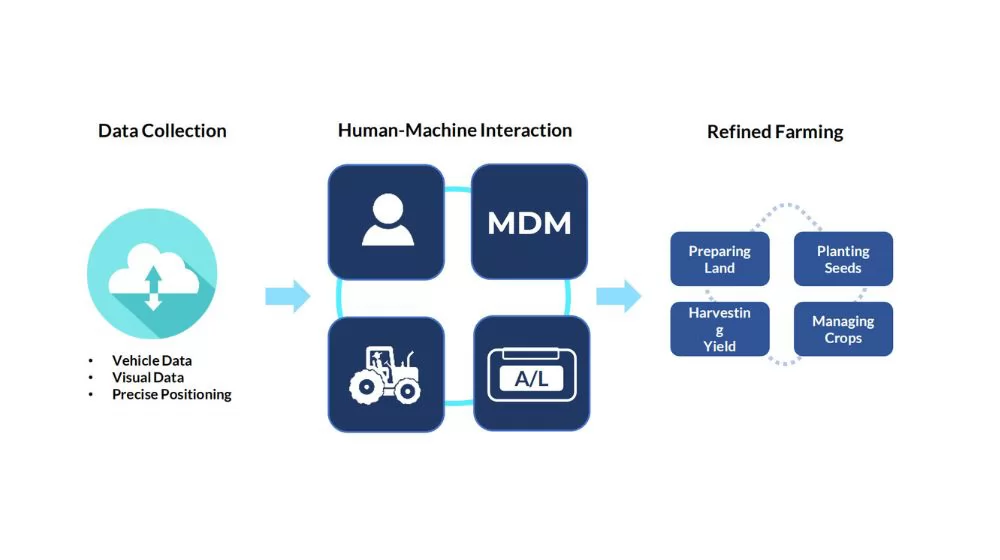
Improved efficiency is a key outcome of implementing Precision Agriculture practices, including technologies like auto steering. In the context of farming and agriculture, improved efficiency refers to the ability to achieve better results with fewer resources, less waste, and reduced effort. Here's how auto steering and related precision agriculture techniques contribute to improved efficiency:
Resource Optimization: Auto steering systems ensure precise navigation of farming equipment, eliminating overlaps and gaps in operations. This means that resources such as seeds, fertilizers, pesticides, and water are used more efficiently, resulting in higher crop yields per unit of input.
Time Savings: Auto steering reduces the need for constant manual control of machinery, allowing farmers to cover more ground in less time. This is especially valuable during critical farming operations like planting, harvesting, and spraying.
Consistency in Operations: By following predefined paths and maintaining uniform spacing, auto steering helps achieve consistent crop growth and development. This leads to more predictable outcomes and reduces the risk of uneven crop maturity.
Reduced Fuel Consumption: Straighter rows and minimized overlaps mean less fuel is consumed during field operations. This not only saves on fuel costs but also reduces the carbon footprint associated with farming.
Labor Efficiency: Farm labor can be redirected to tasks that require human intervention and decision-making. With auto steering, farmers can operate multiple machines simultaneously or focus on other important aspects of farm management.
Data-Driven Decision-Making: Auto steering systems often integrate with data collection and farm management software. This provides real-time data on field performance, enabling farmers to make informed decisions about when and where to apply resources, adjust planting densities, or respond to changing conditions.
Adaptation to Field Variability: Auto steering technology can adapt to the unique contours and characteristics of each field, ensuring that farming operations are tailored to the specific conditions of the land. This adaptability minimizes waste and enhances efficiency.
Increased Productivity: By streamlining farming operations and reducing downtime, auto steering contributes to increased productivity per acre of land, which is crucial for meeting growing food demand.
Enhanced Sustainability: Improved efficiency also translates to reduced environmental impact. By using fewer resources and minimizing waste, Precision Agriculture practices, including auto steering, contribute to more sustainable farming practices.
Reduced overlaps and gaps are significant advantages offered by auto steering and precision agriculture techniques. In the context of farming, these terms refer to the minimization of unnecessary duplication (overlaps) and missed areas (gaps) during various agricultural operations. Here's how reducing overlaps and gaps contributes to improved efficiency and resource management:
Minimized Resource Waste: Overlaps occur when farming equipment covers the same ground multiple times, leading to excessive use of resources such as seeds, fertilizers, pesticides, and fuel. Auto steering systems ensure that each pass is precisely aligned with the previous one, eliminating unnecessary duplication and resource waste.
Uniform Crop Coverage: By reducing overlaps and gaps, auto steering systems help achieve more uniform crop coverage. This means that crops receive consistent care, ensuring that all plants have equal access to essential inputs like water and nutrients. This results in healthier, more uniform crop growth.
Optimized Input Application: Auto steering technology ensures that inputs like fertilizers and pesticides are applied at the right rates and in the correct locations. This prevents overapplication or underapplication, which can result in uneven crop development and potential crop damage.
Increased Yield: When overlaps and gaps are minimized, crops can make better use of available resources, resulting in higher yields. This is especially valuable in precision planting, where proper seed spacing and depth are critical for optimal plant growth.
Reduced Environmental Impact: Precision agriculture practices, including reducing overlaps and gaps, help reduce the environmental impact of farming. Fewer resources are used, and there is less runoff of excess chemicals into nearby water sources, contributing to more sustainable farming practices.
Cost Savings: Farmers benefit from cost savings when overlaps are minimized. They spend less on inputs, such as seeds and chemicals, and reduce fuel consumption, ultimately increasing their profitability.
Time Efficiency: By eliminating the need for additional passes over the same areas, farmers can complete field operations more quickly. This time efficiency is especially important during busy planting and harvesting seasons.
Data Collection Accuracy: Reduced overlaps and gaps also improve the accuracy of data collected during farming operations. This high-quality data can be used for precise decision-making and analysis, further enhancing farm management.
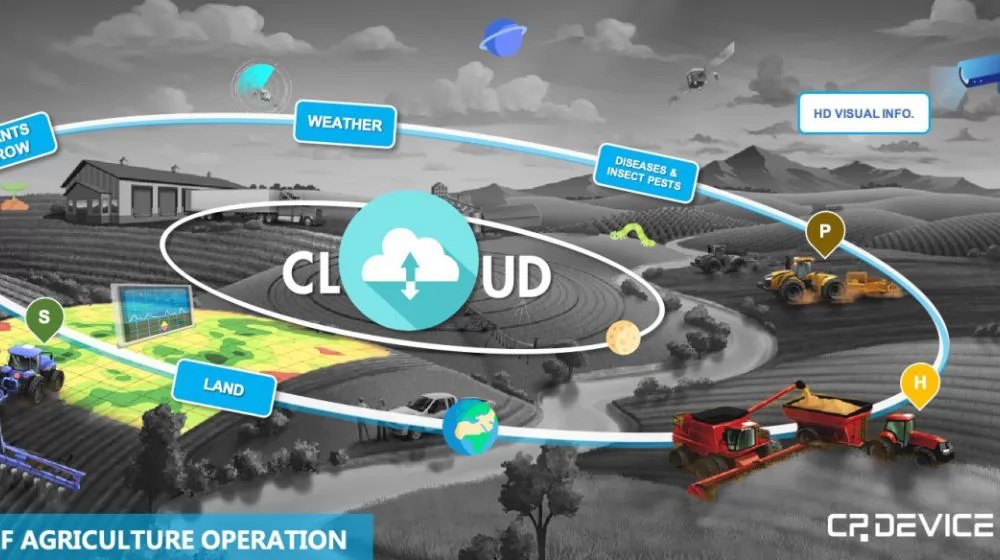
One notable benefit of auto steering technology in agriculture is the significant reduction in farmer fatigue. Farming is a physically demanding and often labor-intensive occupation, requiring long hours of operation in the field. Here's how auto steering helps alleviate farmer fatigue:
Reduced Manual Steering: Before the advent of auto steering, farmers had to constantly steer and navigate their equipment manually. This could be particularly exhausting during lengthy planting, cultivating, or harvesting sessions. Auto steering takes over the task of steering, allowing farmers to focus on other critical aspects of farming without the constant strain of steering machinery.
Enhanced Comfort: Auto steering systems provide a higher level of comfort to farmers. They can sit more comfortably in the cab of their equipment, reducing the physical strain associated with long hours in the field. This improved comfort contributes to reduced physical fatigue and increased operator satisfaction.
Increased Productivity: When farmers are less fatigued, they are better able to maintain their focus and concentration. This can lead to improved productivity and fewer errors during farming operations. Auto steering enables farmers to operate machinery for longer durations without experiencing excessive tiredness.
Safety Benefits: Fatigue can compromise safety in farming operations, as tired operators may be more prone to accidents or mistakes. Auto steering helps mitigate this risk by allowing operators to stay alert and responsive while the system handles the precise navigation of the equipment.
Multi-Tasking Capability: With auto steering managing the vehicle's path, farmers can effectively multitask. They can monitor equipment performance, check data from sensors, and make strategic decisions without the constant need for hands-on steering. This enables more efficient use of their time and reduces mental fatigue.
Extended Working Hours: Auto steering systems, combined with improved comfort and reduced fatigue, may extend the working hours of farm operators. This can be especially valuable during critical planting or harvesting seasons when there is a limited window of opportunity to complete tasks.
Enhanced Operator Well-being: Reduced physical and mental fatigue leads to improved overall well-being for farmers. It helps maintain their health and energy levels, contributing to their long-term sustainability in the agriculture profession.
One of the significant advantages of implementing auto steering and precision agriculture techniques is the potential for increased yield in farming. This outcome is highly desirable for farmers as it directly impacts their profitability and ability to meet the demands of a growing global population. Here's how auto steering contributes to increased yield:
Optimized Plant Spacing: Auto steering systems ensure precise navigation of farming equipment during planting, which leads to consistent and accurate plant spacing. Proper plant spacing is crucial for maximizing the use of available resources such as sunlight, water, and nutrients, ultimately resulting in higher crop yields.
Uniform Crop Coverage: By minimizing overlaps and gaps in farming operations, auto steering helps achieve uniform crop coverage. This means that all plants receive the same level of care, leading to more predictable and higher-quality crop growth.
Enhanced Crop Health: Auto steering technology enables farmers to apply inputs like fertilizers, pesticides, and herbicides with precision. This targeted approach ensures that crops receive the right treatments in the right amounts, reducing the risk of pest infestations, diseases, and weed competition. Healthier crops are more likely to achieve their full yield potential.
Time Efficiency: Auto steering reduces the time required to complete field operations. Farmers can cover more ground in less time, allowing them to plant, cultivate, and harvest larger areas. This efficiency is particularly valuable during critical stages of crop growth.
Data-Driven Decision-Making: Auto steering systems often integrate with data collection tools and farm management software. This real-time data enables farmers to make informed decisions about when and where to apply resources, adjust planting densities, or respond to changing weather conditions. These decisions can lead to higher yields by optimizing resource allocation.
Reduced Resource Waste: Auto steering minimizes resource waste by eliminating overlaps and ensuring precise input application. This efficiency translates to cost savings and less environmental impact while maximizing the potential for higher crop yields.
Consistent Field Conditions: Auto steering adapts to field variability, ensuring that farming operations are consistent across the entire field, regardless of terrain or soil type. This consistency is critical for achieving uniform crop growth and maximizing yield.
Increased Productivity: With auto steering handling navigation, farmers can operate multiple machines simultaneously or focus on other essential tasks, further increasing overall farm productivity.
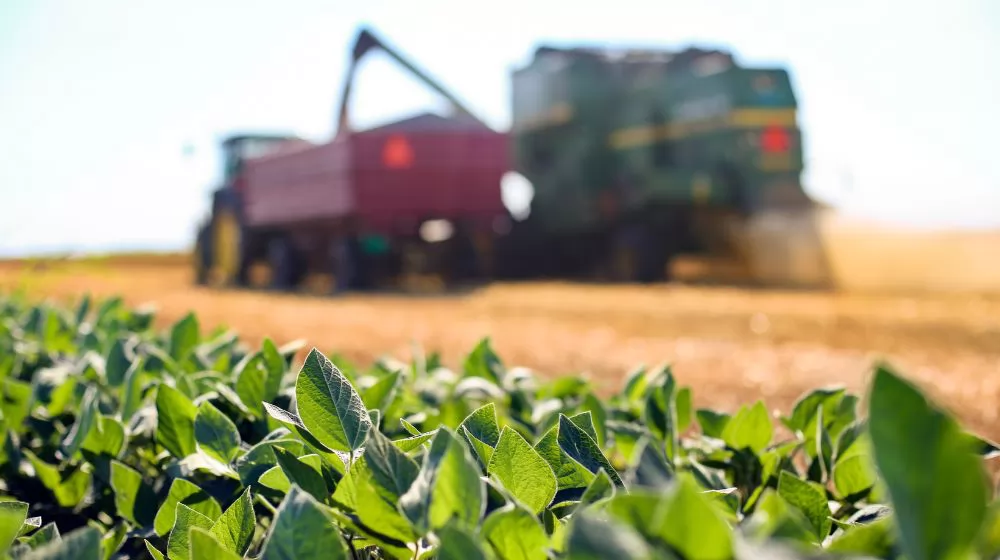
Reducing the environmental impact is a significant benefit of implementing auto steering and precision agriculture techniques in farming. These practices are essential for promoting sustainable and responsible agricultural methods. Here's how auto steering contributes to the reduction of the environmental footprint in agriculture:
Precision Input Application: Auto steering ensures precise navigation of farming equipment during input application, such as the use of fertilizers, pesticides, and herbicides. This precision minimizes over-application or drift, reducing the risk of excess chemicals contaminating the environment and nearby water sources.
Minimized Resource Waste: By eliminating overlaps and gaps in farming operations, auto steering optimizes resource use. This includes reducing the unnecessary use of seeds, fuel, water, and chemicals. Lower resource wastage translates to a smaller ecological footprint and decreased resource depletion.
Erosion Control: Auto steering's ability to maintain consistent rows and reduce the number of passes over fields helps control soil erosion. Reduced soil erosion prevents the loss of fertile topsoil, which is critical for sustainable farming practices and maintaining soil health.
Energy Efficiency: Straighter rows and minimized overlaps lead to less fuel consumption in farming machinery. This reduction in fuel usage not only saves costs for farmers but also contributes to lower greenhouse gas emissions, thus mitigating the environmental impact of agriculture.
Water Conservation: Precision agriculture techniques, including auto steering, enable farmers to optimize irrigation practices. By applying water precisely where and when it is needed, water usage is minimized, reducing the strain on water resources and conserving this critical natural resource.
Reduced Chemical Runoff: Properly applied inputs through auto steering technology lead to less runoff of chemicals into rivers, streams, and groundwater. This helps maintain water quality and reduces the risk of contaminating aquatic ecosystems.
Biodiversity Preservation: Reduced use of pesticides and herbicides, thanks to precise application, can promote the preservation of beneficial insects and wildlife. This contributes to greater biodiversity on and around farms.
Compliance with Regulations: Many regions have regulations in place to limit the environmental impact of farming practices. Auto steering and precision agriculture techniques help farmers meet these regulatory requirements more effectively by reducing the risk of environmental violations.
Sustainable Farming Practices: The overall reduction in environmental impact achieved through auto steering aligns with the principles of sustainable farming. Sustainable practices ensure that farming remains viable for future generations while minimizing harm to ecosystems.
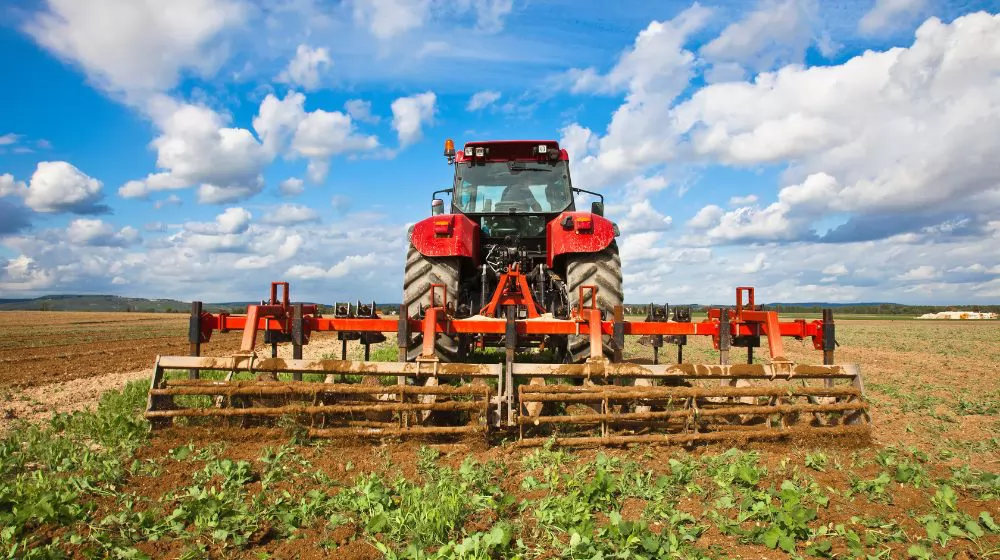
Reducing over-application of chemicals is a significant advantage of employing auto steering and precision agriculture practices in farming. This practice helps minimize the excessive use of fertilizers, pesticides, and herbicides, offering several benefits:
Preservation of Resources: Auto steering technology ensures precise navigation, eliminating the risk of over-application. This results in the preservation of valuable resources such as fertilizers and pesticides, reducing the need for excessive inputs.
Cost Savings: By applying chemicals accurately and efficiently, farmers can save on input costs. Over-application leads to unnecessary expenses, and auto steering helps optimize the use of costly agricultural chemicals.
Environmental Protection: Over-application of chemicals can have detrimental environmental effects, including soil and water contamination. Auto steering helps minimize chemical runoff and reduces the environmental impact of farming, contributing to sustainability.
Crop Health: Properly managed chemical application ensures that crops receive the correct amount of nutrients and protection against pests and diseases. This promotes healthier crop growth, potentially leading to higher yields and reduced crop damage.
Compliance with Regulations: Many regions have regulations in place to limit the excessive use of chemicals in agriculture. Auto steering and precision agriculture practices help farmers adhere to these regulations, avoiding potential fines and penalties.
Reduced Risk of Resistance: Over-application of pesticides can accelerate the development of resistance in pests and diseases. Precision chemical application through auto steering reduces this risk, ensuring that chemicals remain effective over time.
Sustainable Agriculture: By reducing chemical waste and minimizing the environmental impact, auto steering contributes to sustainable farming practices. Sustainable agriculture focuses on long-term viability and minimizes harm to ecosystems.
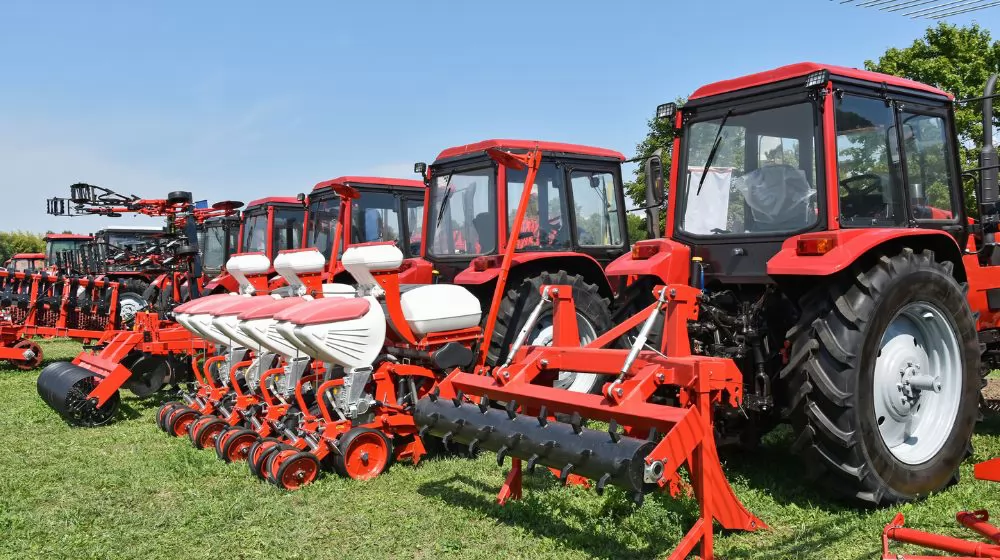
As we conclude our exploration of the Benefits of Auto Steering in Precision Agriculture, it becomes abundantly clear that this technology is not just a tool but a catalyst for change. It empowers farmers to do more with less, cultivating not only crops but also a sustainable future. CPDEVICE has been dedicated to precision agriculture since its inception, offering a wide range of product solutions to its customers. If necessary, please feel free to contact us at any time!


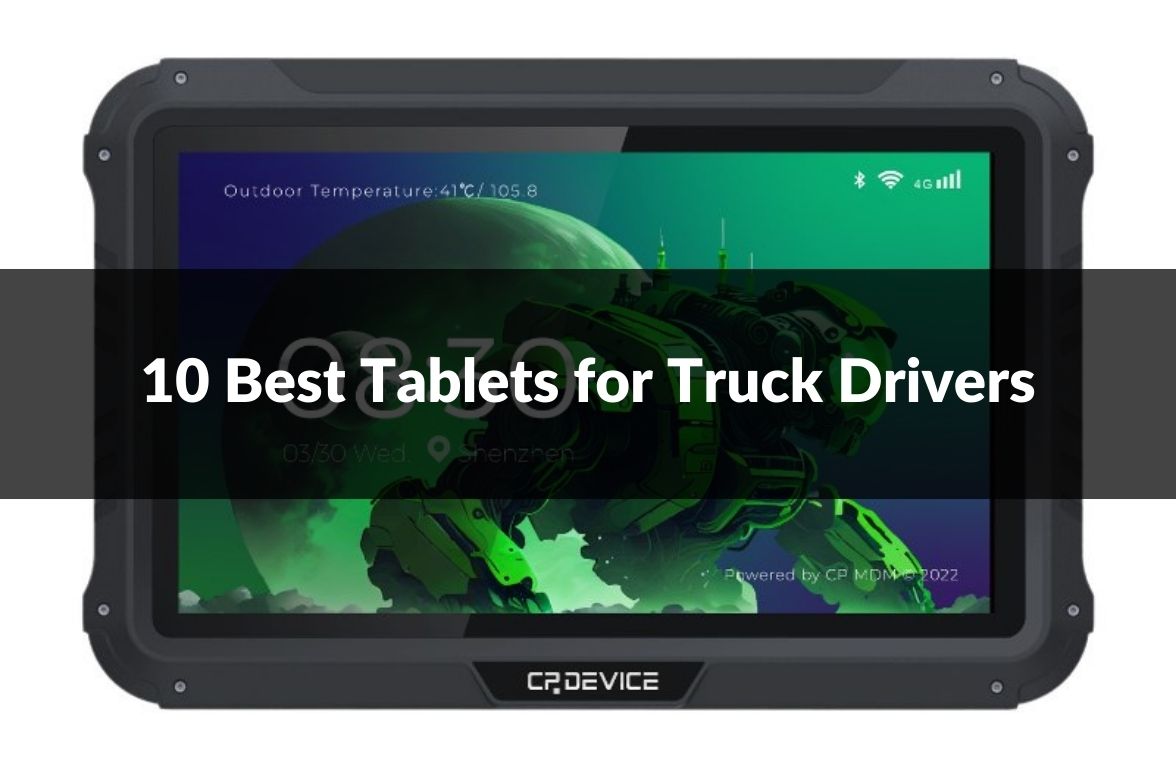

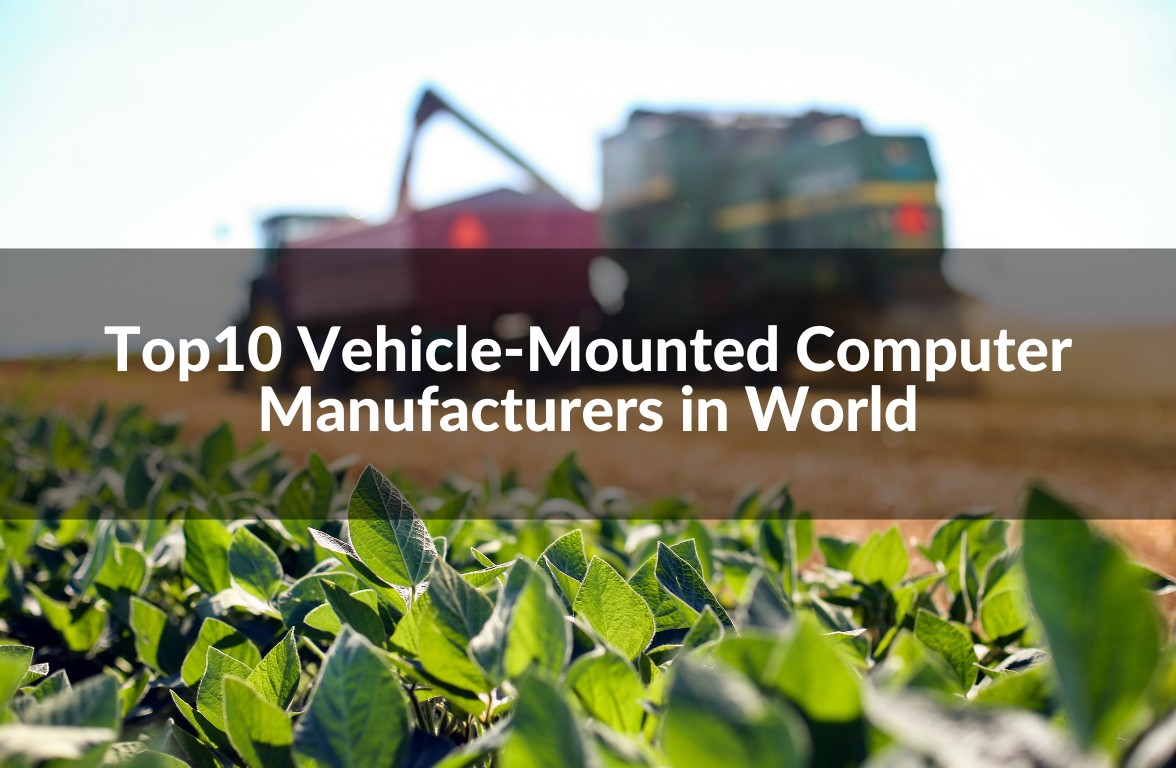








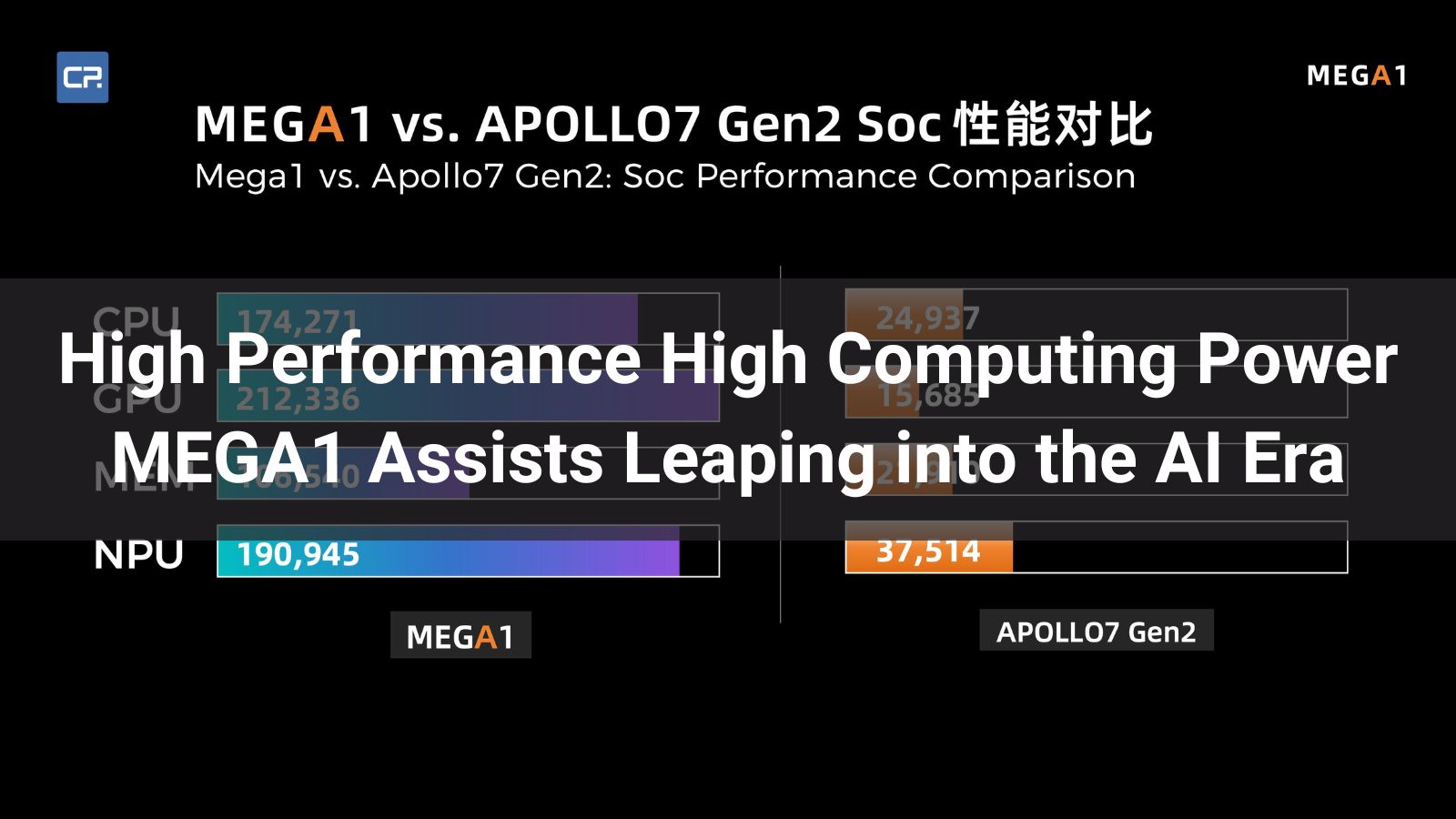


*We respect your confidentiality and all information are protected.

Whether you are looking for a rugged device that can handle extreme cold or heat, a compact device that can fit in tight spaces, or a versatile device that can support multiple applications and accessories, you will find the right solution among these top 10 vehicle mounted computer manufacturers.

Whether you're in construction, outdoor adventures, or the defense sector, understanding how to choose the right rugged tablet is crucial. Dive into our comprehensive guide to explore the rise, features, and benefits of these robust devices.

In this post, we’ll examine the technology itself and see how it is being deployed far beyond traditional passenger cars into the most demanding professional environments.
